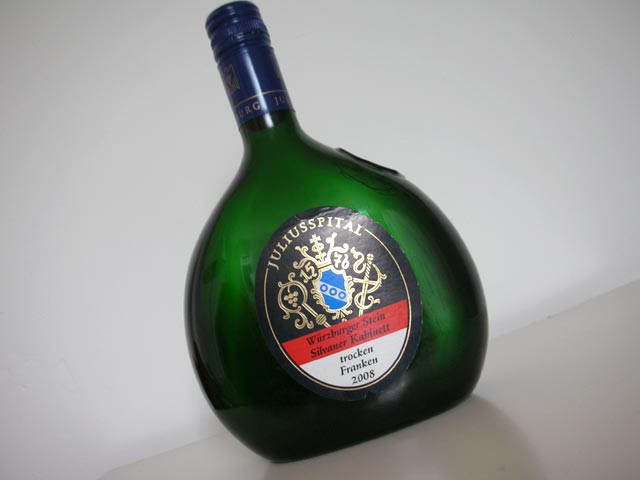350 years of the Silvaner grape in Germany
2009 is the year of the Silvaner grape variety in Germany - the country celebrates 350 years of growing Silvaner. Never heard of Silvaner? Quite likely, especially if you are not German. However, chances are that you have tasted it at some point as Silvaner is often mixed with other grape varieties, for instance in the infamous Liebfraumilch blends, because of its more neutral flavour. Does that mean it is a boring grape? Not necessarily - a good winemaker can use Silvaner to really let the characteristics of a particular vineyard shine, the famous French concept of terroir. To honour the Silvaner, the Wine Rambler will dedicate itself to opening the odd bottle of Silvaner this year to see what this grape has to offer.


